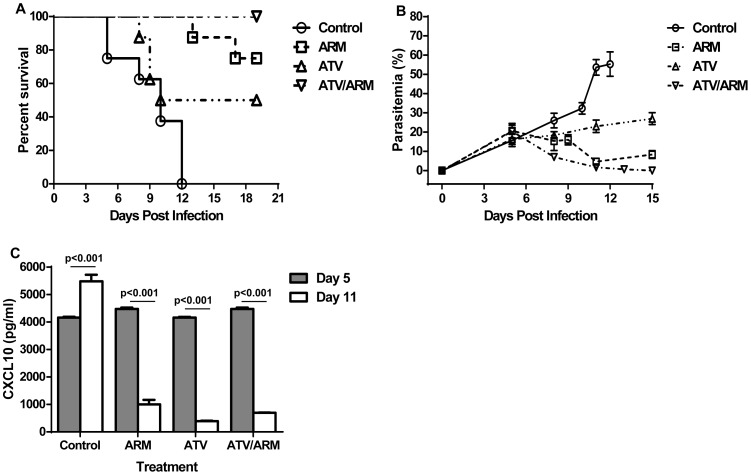Figure 2. Modulating CXCL10 levels improves survival in mice with late stage ECM.
(A) Survival curves: The Kaplan-Meier curves are shown for efficacy of ARM at 25 mg/kg/day (n = 11), ATV at 25 mg/kg/day (n = 11) and ATV/ARM at 25 mg/kg/day (n = 11) in rescuing mice with late stage ECM. All treatments started no day 6 and ends on day 9 post infection. ARM-treated and ATV-treated mice showed survival rates of 75% and 50% respectively compared to controls (p<0.05). The survival rates improved with ATV/ARM-treated mice (100%) which are significantly superior to ARM-treated, ATV-treated or control mice (p<0.001). Survival was assessed twice daily. Significant differences in survival were assessed by Log rank test. (B) Parasitemia of P. berghei ANKA-infected mice after treatment. Parasitemia was monitored by Giemsa-stained blood smears using light microscopy at ×100 magnifications with an oil immersion lens. Parasitemia was checked and quantified by counting the number of parasitized red blood cells in at least 1,000 red blood cells. The experiment is a representative of three independent infections. (C) Serum CXCL10 levels of P. berghei ANKA-infected mice after treatment. Serum CXCL10 was measured on samples collected on day 5 and day 11 post infection (n = 5 per group). The results in panels B and C are mean ± the standard deviation. Mean values were determined to be significantly different using the student t-test. A p value of <0.05 was considered significant. ARM = artemether; ATV = atorvastatin.

